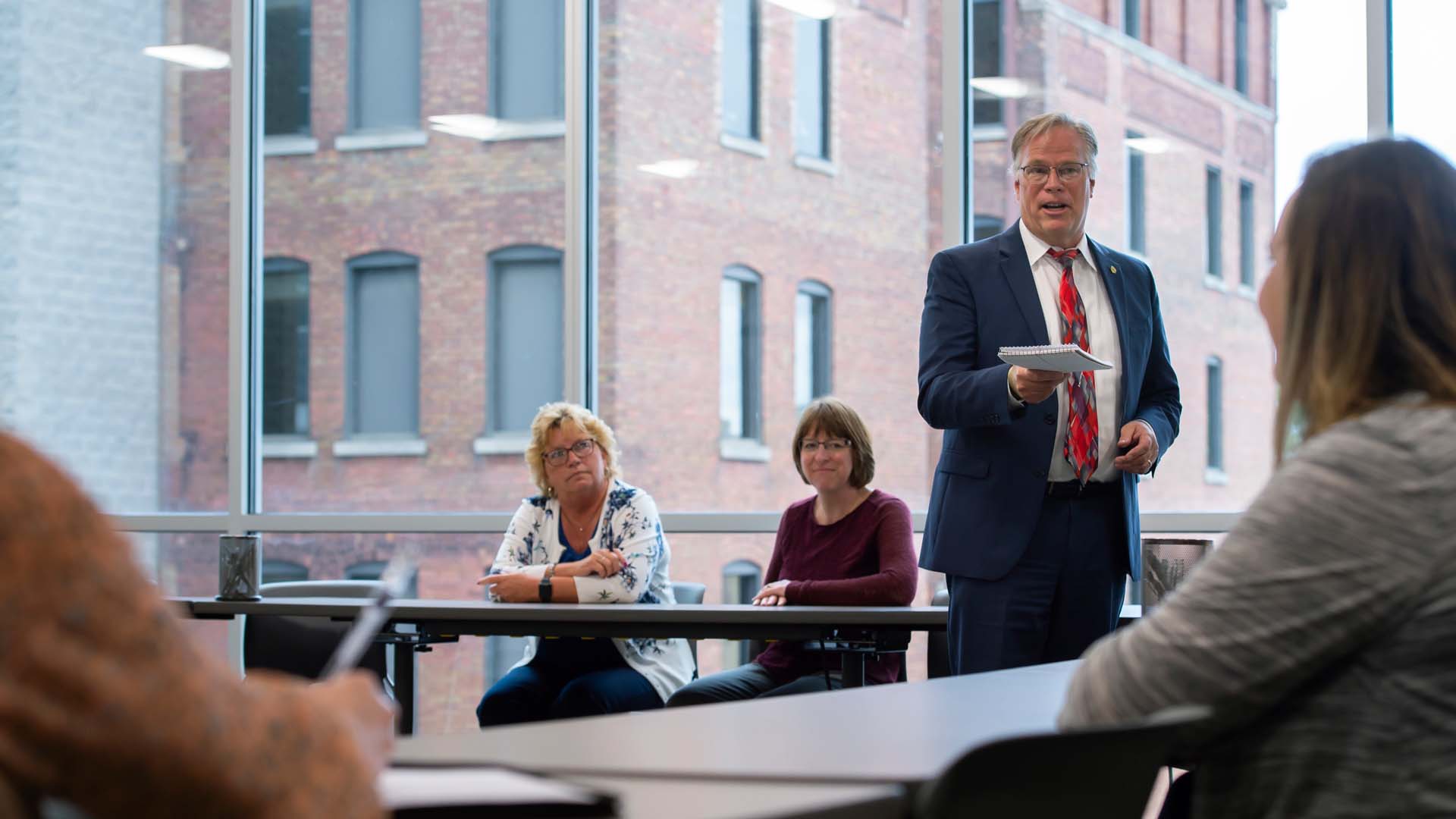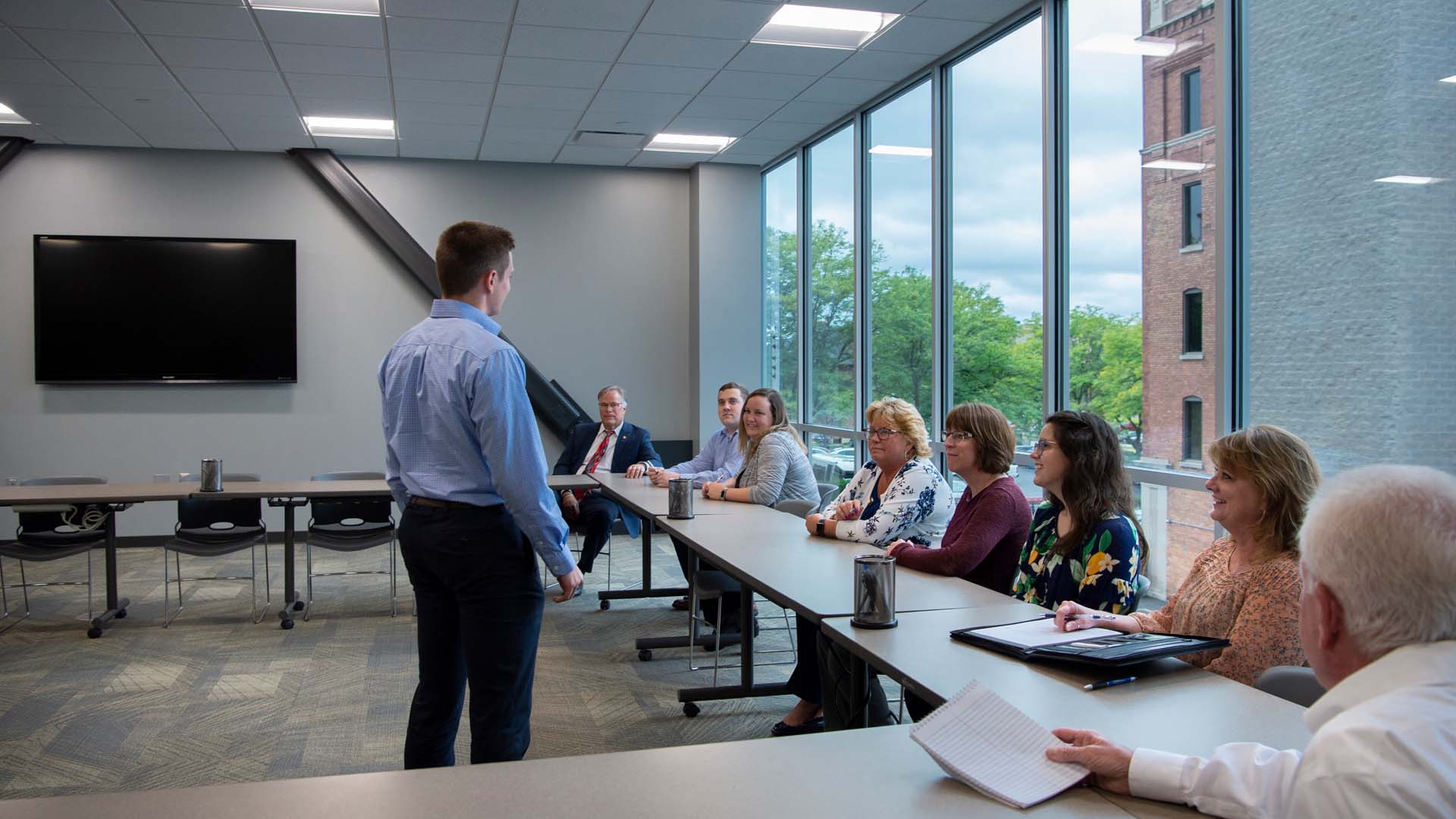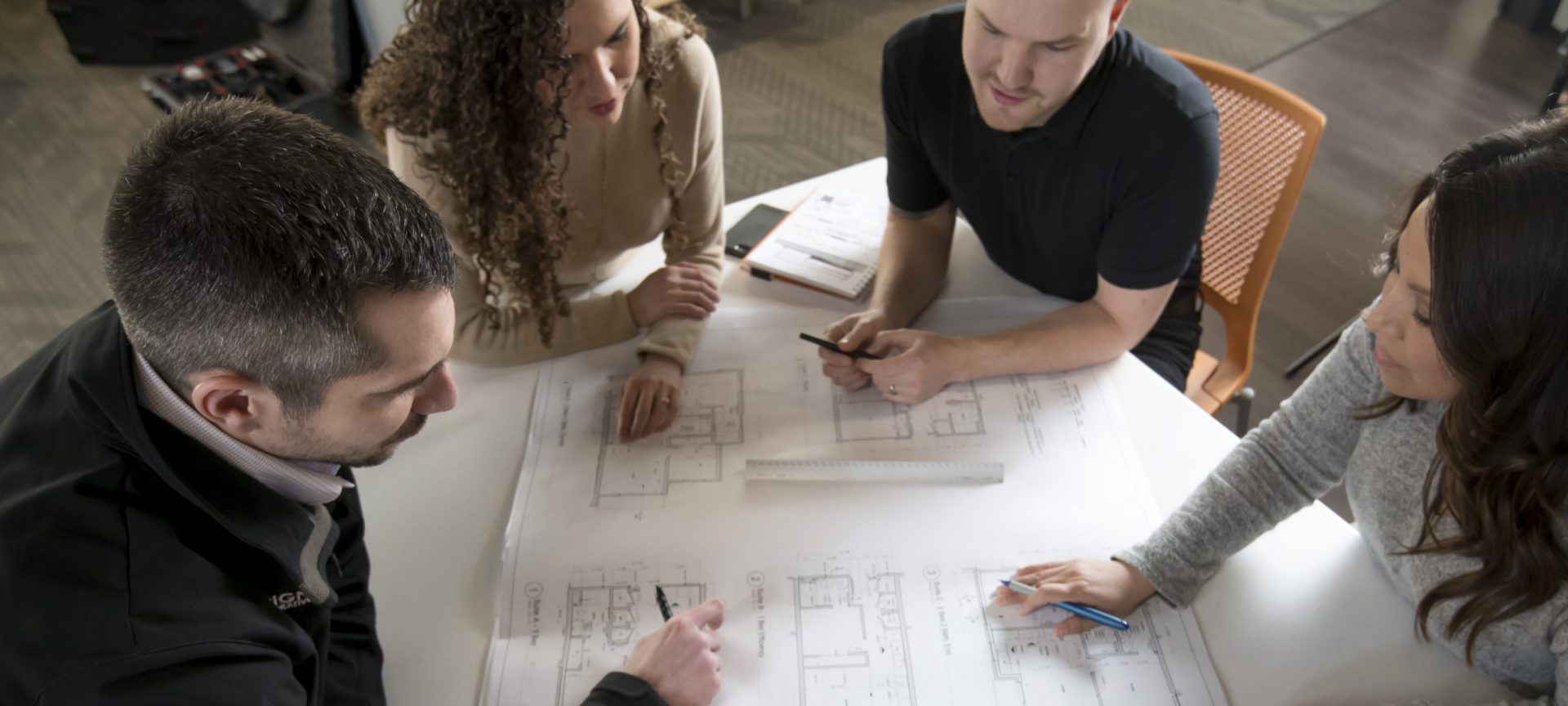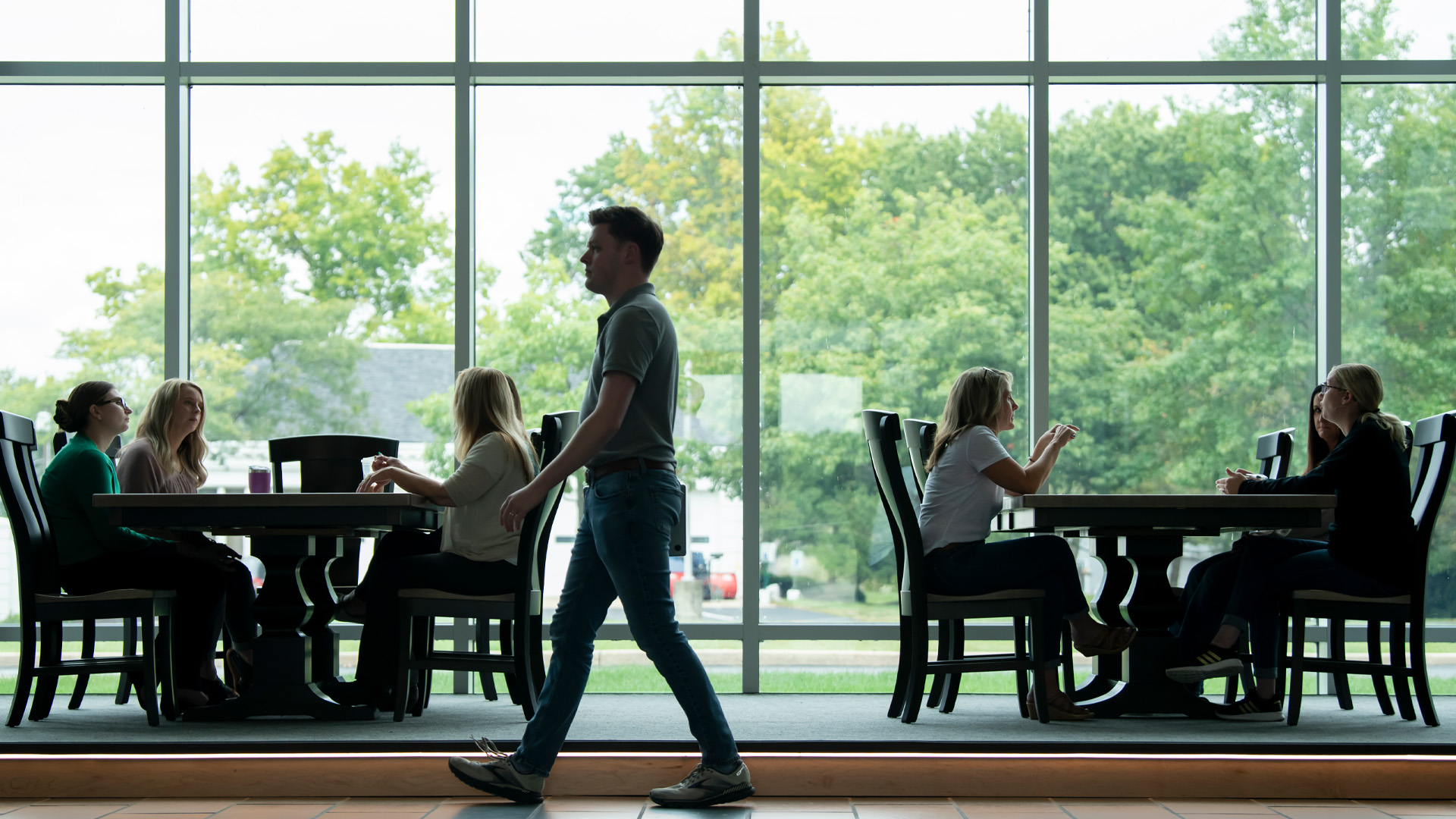Intentional Collaboration: Elevating the Power of Collective Effort
By Derek Stahl, AIA, NCARB
February 4, 2025Post Tagged in
The word collaboration has admittedly almost become a cliché in the design industry.Design teams talk about collaboration, celebrate their collaborative prowess on social media, dream about what collaborative space looks like, and some even incorporate a variant of the word into their company name. The more I have thought about this throughout my career, the more I realize that collaboration comes with the territory. |
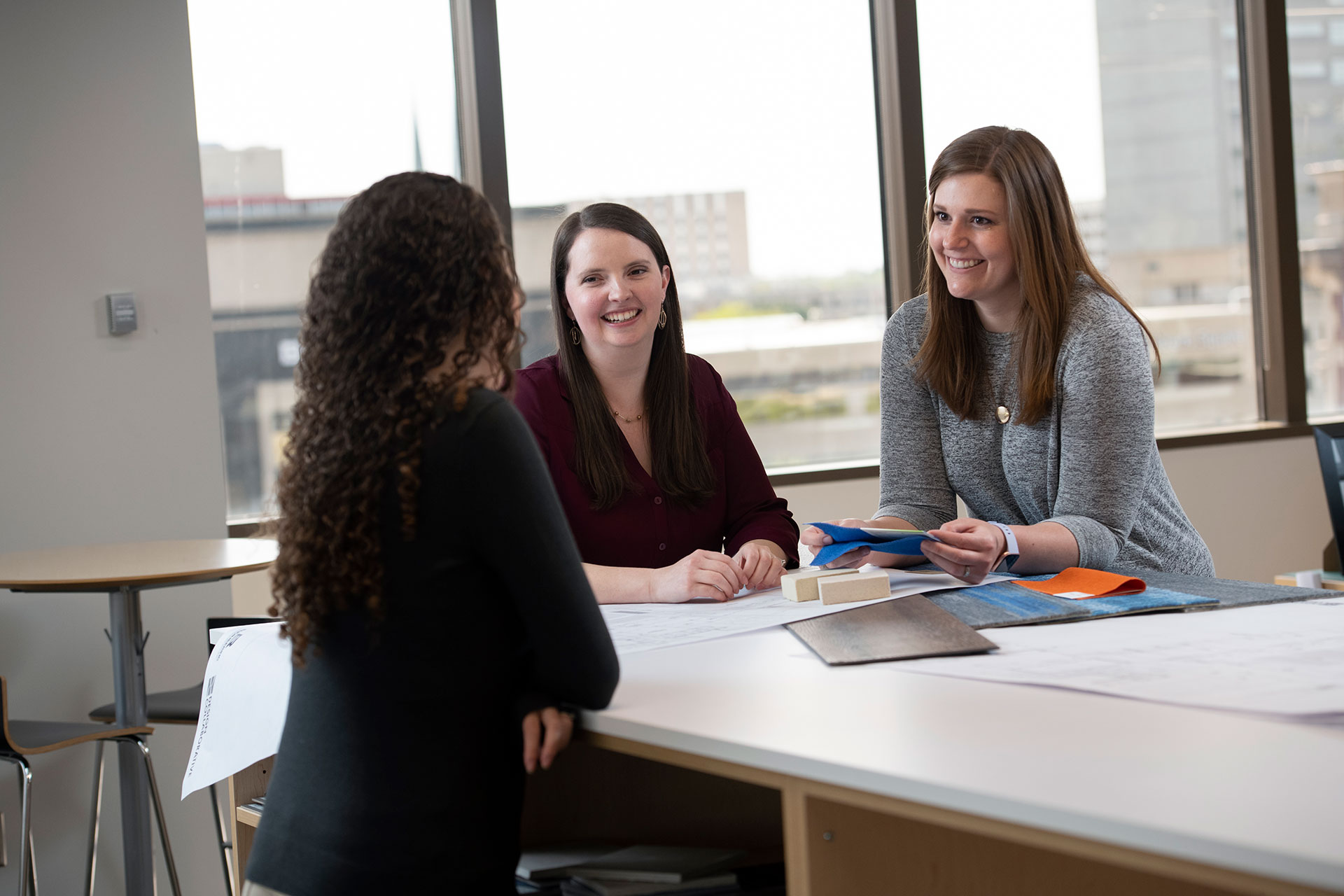
|

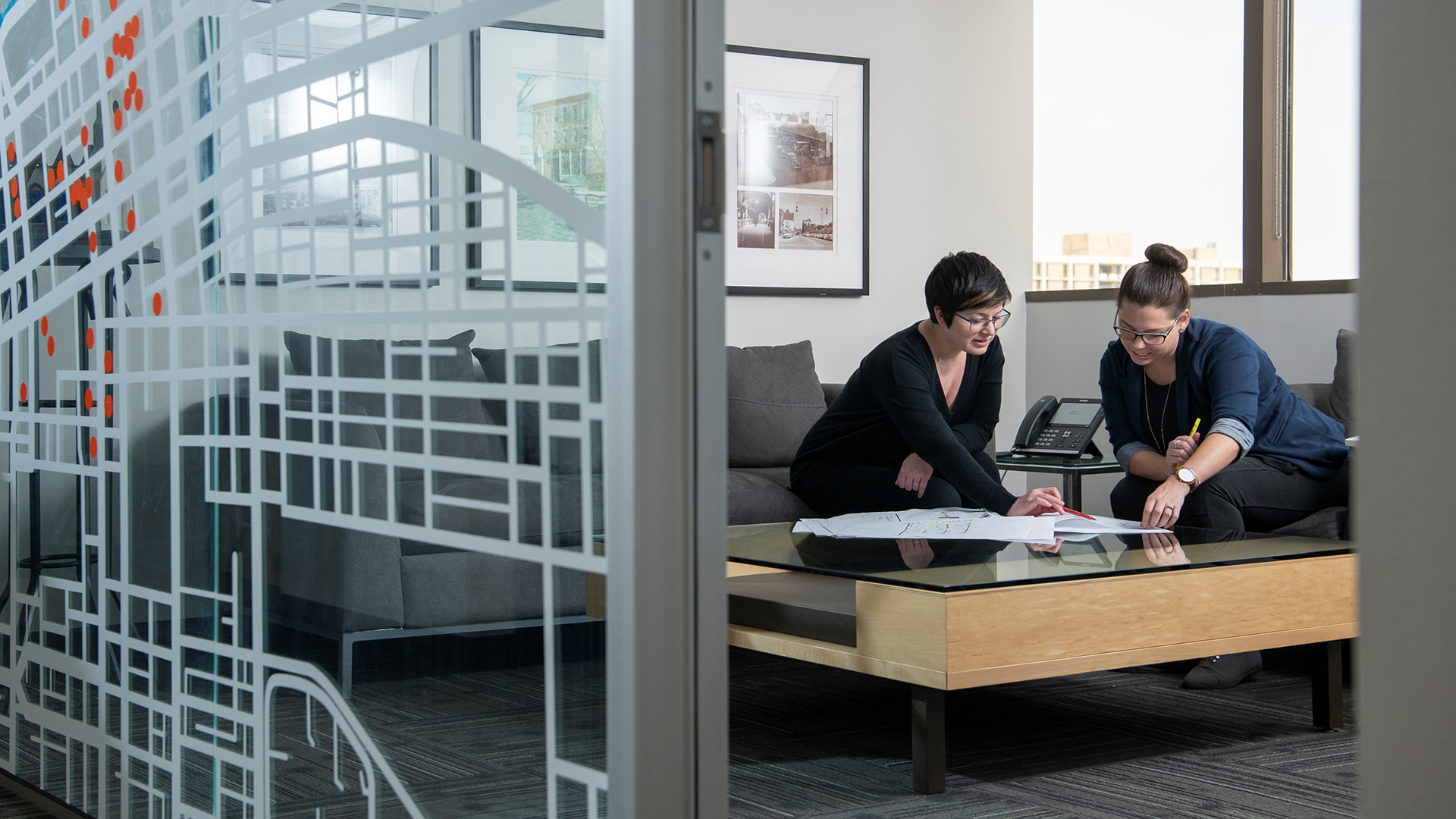 |
The Nature of Collaboration: Built Into Our DNAHumans are built to collaborate; it’s part of what it means to be in a community and to work together toward common goals. When given the opportunity, we’re all collaborators. Collaboration is embedded in the very fabric of human civilization. But does that make collaboration less significant? If everyone collaborates instinctively, can it really be a differentiating factor? For much of my career, I wrestled with this idea. It always seemed like it should be a differentiator, but the more I looked, the more I found evidence of collaboration everywhere, even discovering that Orca whales were collaborating to sink vessels off the coast of Spain. If they could work together to achieve a shared goal, what was keeping us from realizing the full power of collaboration in our own work? |
